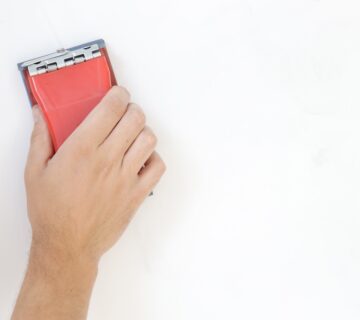
Painting on different materials such as plastic, metal, and unconventional surfaces presents unique challenges that require specific techniques and knowledge for successful results. When painting on plastic, it’s crucial to use the right tips and tricks to ensure the paint adheres properly and lasts. Similarly, achieving paint adhesion on metal involves specific preparation and paint selection to prevent peeling and rust.
Each material presents its unique challenges, making it essential to understand the properties of the surface you’re working with. Surface preparation is the key to a successful paint job, regardless of the material. This includes cleaning, sanding, and priming surfaces to ensure the paint adheres well and looks its best.
There are various techniques for painting unconventional materials, each requiring a different approach to achieve the desired finish. Selecting the best paints for different surface types is crucial. This choice should be based on the material’s nature, the environment it’s exposed to, and the durability required.
Understanding the science of paint adhesion helps in selecting the right products and applying them correctly. This knowledge is vital when painting over challenging surfaces, where following the do’s and don’ts can make the difference between a successful project and a failed attempt.
Faux finishes offer an artistic way to enhance various surfaces, mimicking the look of other materials. This art requires skill and creativity to execute effectively. Lastly, the durability of paint on different materials is an important consideration, as it determines the longevity and maintenance needs of the painted surface.

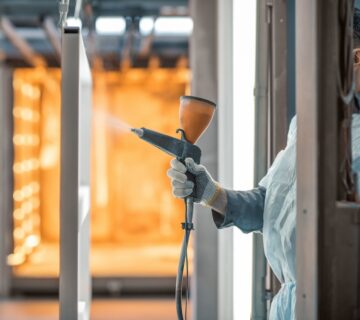
Tips for Painting on Plastic Surfaces
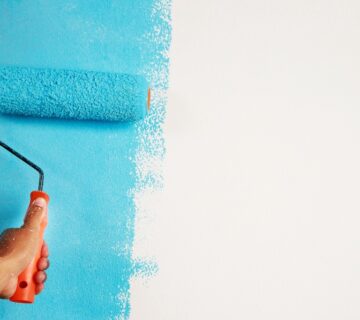
The Science of Paint Adhesion: How It Works

The Art of Faux Finishes on Various Surfaces
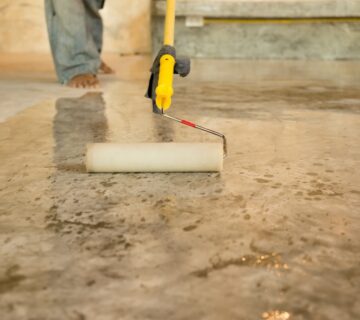
Techniques for Painting Unconventional Surfaces
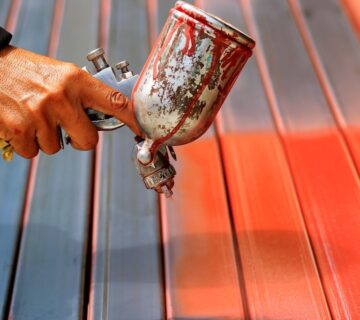
Painting Over Challenging Surfaces: Dos and Don’ts
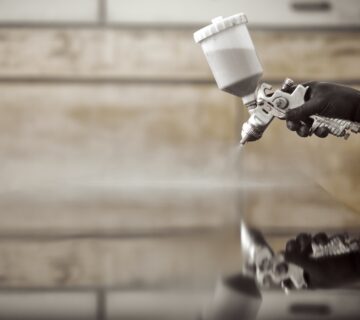
How to Ensure Paint Adhesion on Metal Surfaces
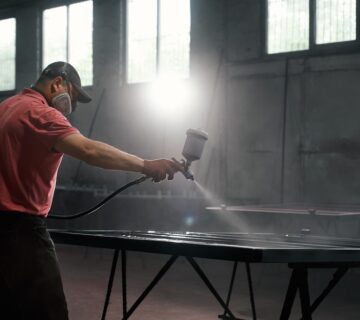
Durability of Paint on Different Materials

Best Paints for Different Surface Types
